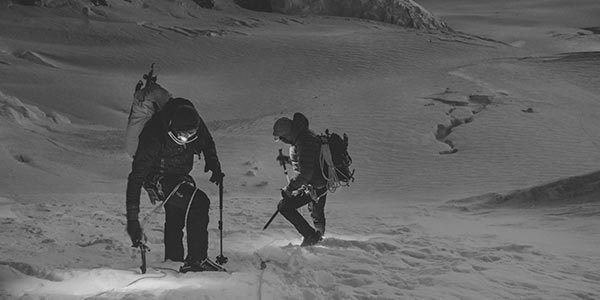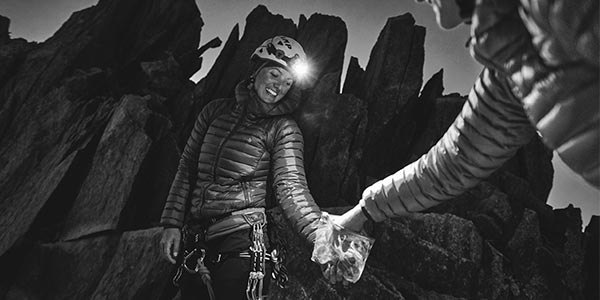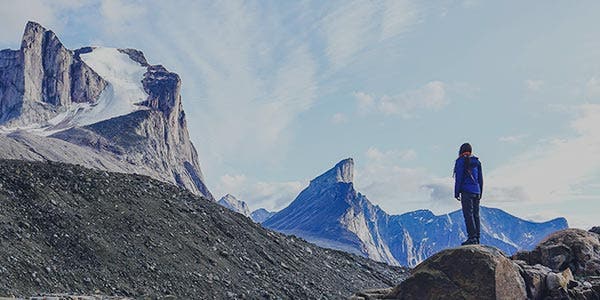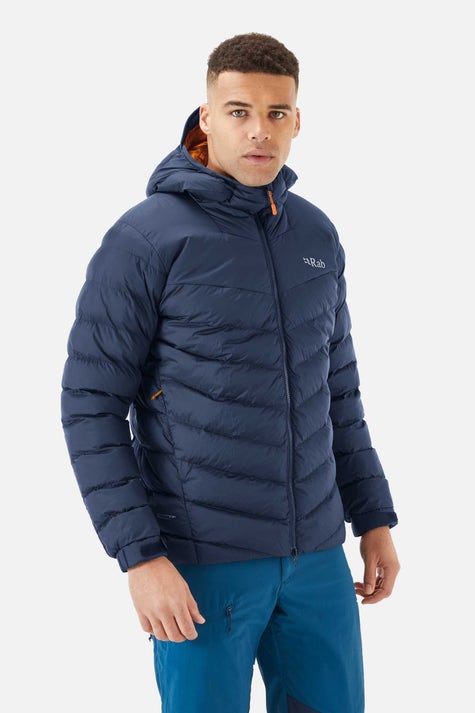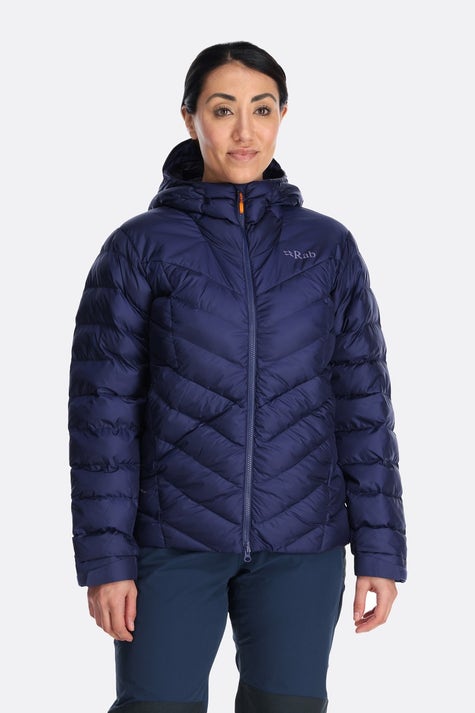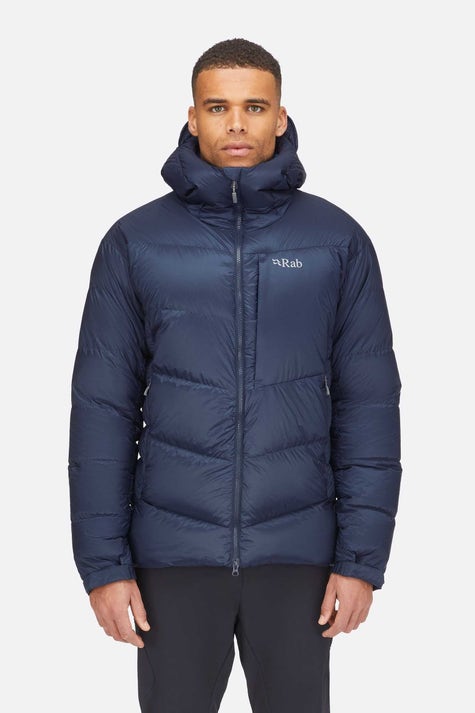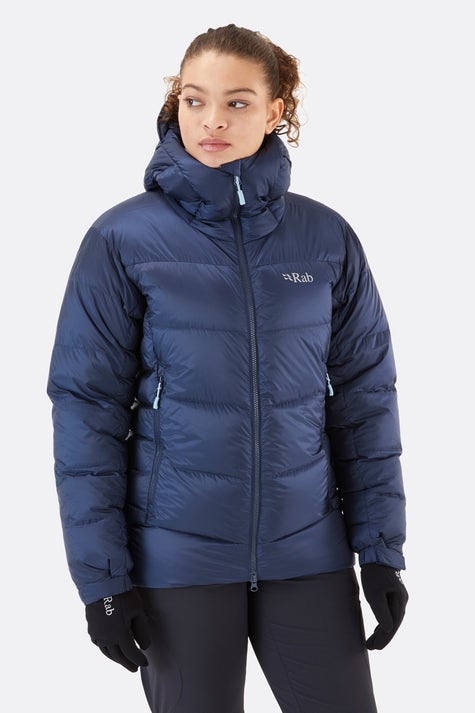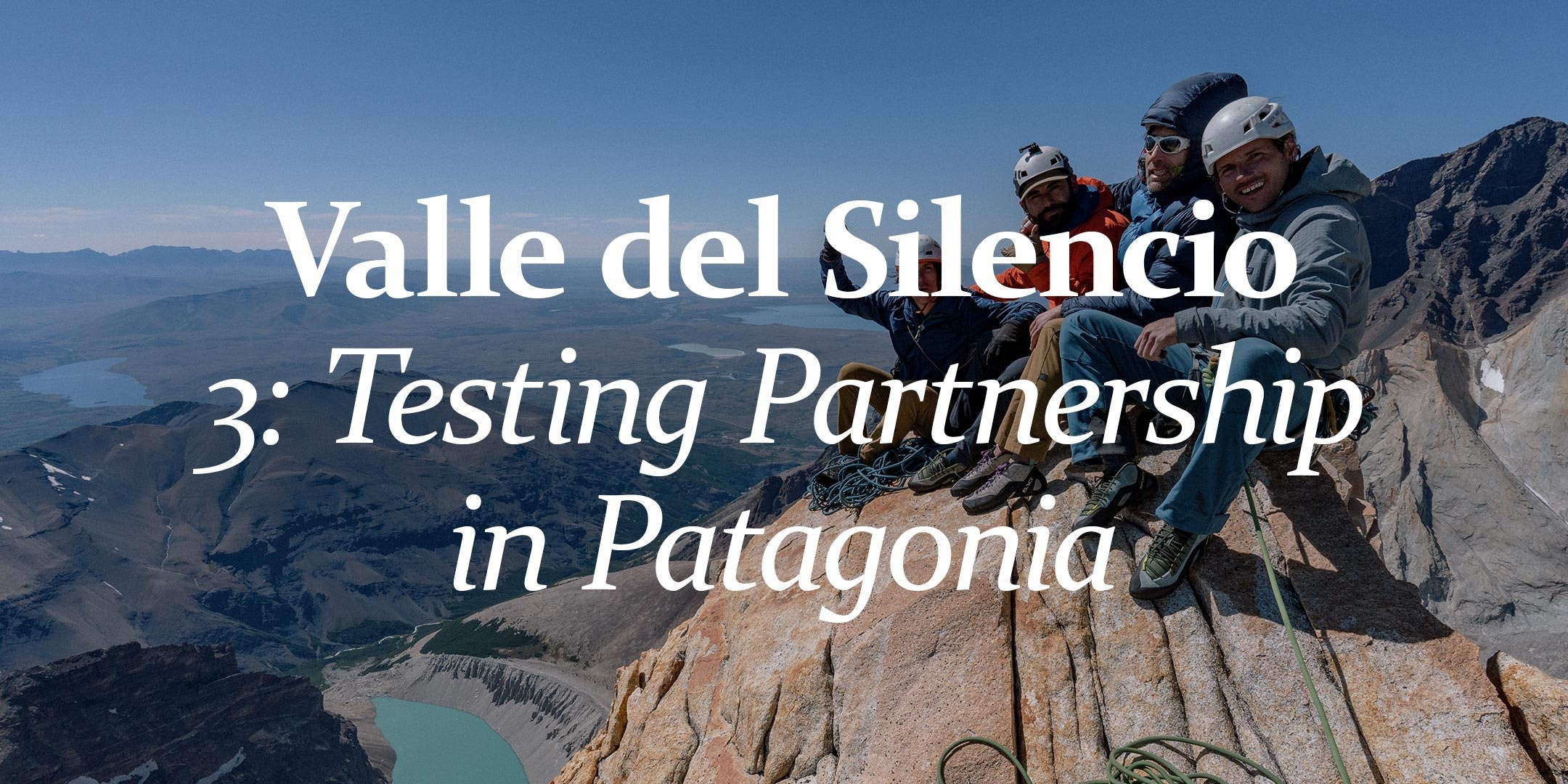
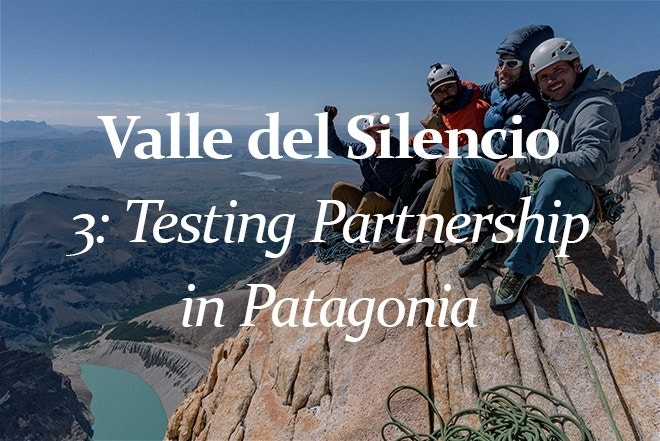
What comes to mind when you think of Patagonia? For some, the mythical name might conjure up images of rare wildlife, from the elusive puma to the domesticated llamas working in the lowlands.
For others, it may be swirling clouds and impossibly azure alpine lakes, replete with glaciers calving and cascading into the waters below. Still others might think only of the prominent and villainous towers cutting across the skyline between Argentina and Chile, the gigantic granite monoliths that both unite and bisect the region.


For me, Patagonia means all that and more, with a serving of uncertainty; the region is known for its abysmal weather and difficult conditions, so my trip down to Torres del Paine in January was a big adventure into the unknown. I’d heard so much about these formations, the “Blue Towers,” and the sustained granite climbing to be found on their gleaming, glacier-carved faces. Apparently, Paine is a Tehuelche word given to the giant towers due to the blue color that the golden rock reflects depending on the sun's position.
The downside of Patagonia? Undoubtedly, the weather. I have heard countless horror stories of folks heading to Patagonia to climb, only to be tent bound for weeks at a time, only seeing brief glimpses of climbable weather. In addition, the long approaches and semi-technical glacier travel guarding most climbs posed time-consuming barriers; I knew, as always, that I would need a grade A team to have a chance at success in this fabled region.


Slowly, the plan came together. I had hit it off with a Chilean turned American climbing photographer, Felipe Tapia Nordenflycht, and his wife Karen Williams, in Vedauwoo, Wyoming, and we immediately knew we would tackle bigger adventures together. As our bond grew through various climbing escapades across the west, Felipe shared with me that I had made him feel very welcome as a newcomer to the Colorado climbing scene, and he wanted to flip the script by sharing with me a special region in his home country. Not only would the trip feature some home cooked meals and hospitality from his family, we would team up with the amazing brother duo of Tola and Juan Señoret, local crushers who had climbed many of the Patagonian peaks in fast style. I couldn’t imagine a better shot at success in Chile. With the Patagonian weather looking unusually friendly, a strong team assembled, and some support from Rab Equipment, we booked tickets to South America and packed our giant duffel bags!
After a few days spent with Felipe’s family in Santiago, we flew down to Puerto Natales and lucked into a perfect weather window on the first morning of our trip. We left our incredible lodging at Eco Camp (a small dome shelter city replete with comfy beds, a bar serving Pisco Sours, and supposedly some great views), and hiked through the forests and boulder fields for 3 days, finally making a base camp above a giant cirque of rock ramps below the base of the North Tower.


Our primary objective for the trip was the Monzino Route (5.10a, WI1, Easy Snow), first climbed nearly a hundred years ago by an Italian Duke who was so impressed by the region that he bought the land and gifted it to the locals as a national park and preserve. The hard crack crux came early, followed by many pitches of moderate climbing that twisted us up the tower and into the clouds, where we encountered one last steep face guarding the summit. The hermanos dispatched the thin climbing with ease, and we found ourselves on a sunny perch in the sky. On the summit, we listened to the “Valle de Silencio,” the silent valley, named such because the only thing you can hear is the sound of the wind. We also heard the sounds of rockfall and cracking glaciers, but the wind had made its point: it was time to descend. We rappelled back to the glacier and reversed course back to the Eco Lodge, waiting for the other shoe to drop.


When we awoke the next morning, the clear skies were the talk of the town; locals told us this was the best weather window in 6 years. In fact, it only sprinkled rain in the 20 days I was down there, an absolutely unheard-of occurrence. So, wanting to take advantage of this gift, we headed to the other side of the Torres del Paine, driving north, ferrying across the glacial Lake Pehoé on a catamaran, and hiking for two days to make camp in the French Valley. Here, we climbed the incredible “La Aleta del Tiburon,” the “Shark’s Fin,” so named for its exposed position as it sears into the sky. We climbed the unusually airy ridge and soon found ourselves on the high point, where Felipe took my hand and helped me get oriented with the spectacular peaks and valleys surrounding us. We could hardly believe our luck, and I kept wondering aloud how the weather had worked so much in our favor. The brothers Tola and Juan had a theory that it was because we brought such positive energy to the mountains. They jokingly called me “La Maquina,” a reference to my workmanlike, always-forward approach to climbing. Of course, I demurred, and I wrote the weather off to extreme luck, but I think they were making an important point: when you show up with good intentions and an open heart, sometimes the mountains smile upon you and gift you with the happy ending (or in this case, a few prize summits). That’s not always the case, but it certainly was this time, and I thought about this idea more as we descended and jumped in the unseasonably warm lake below the climb. Whatever the cause, we were overjoyed to have climbed so well with great company, and I was humbled that Felipe had put himself forward to show me his country through his very unique perspective. We packed up base camp and began the long hike out of the valley, relishing the sunset as it warmed our backs before saying goodbye. Above us, faintly at first and then stronger, the wind began to howl.
With thanks to Senoret brothers


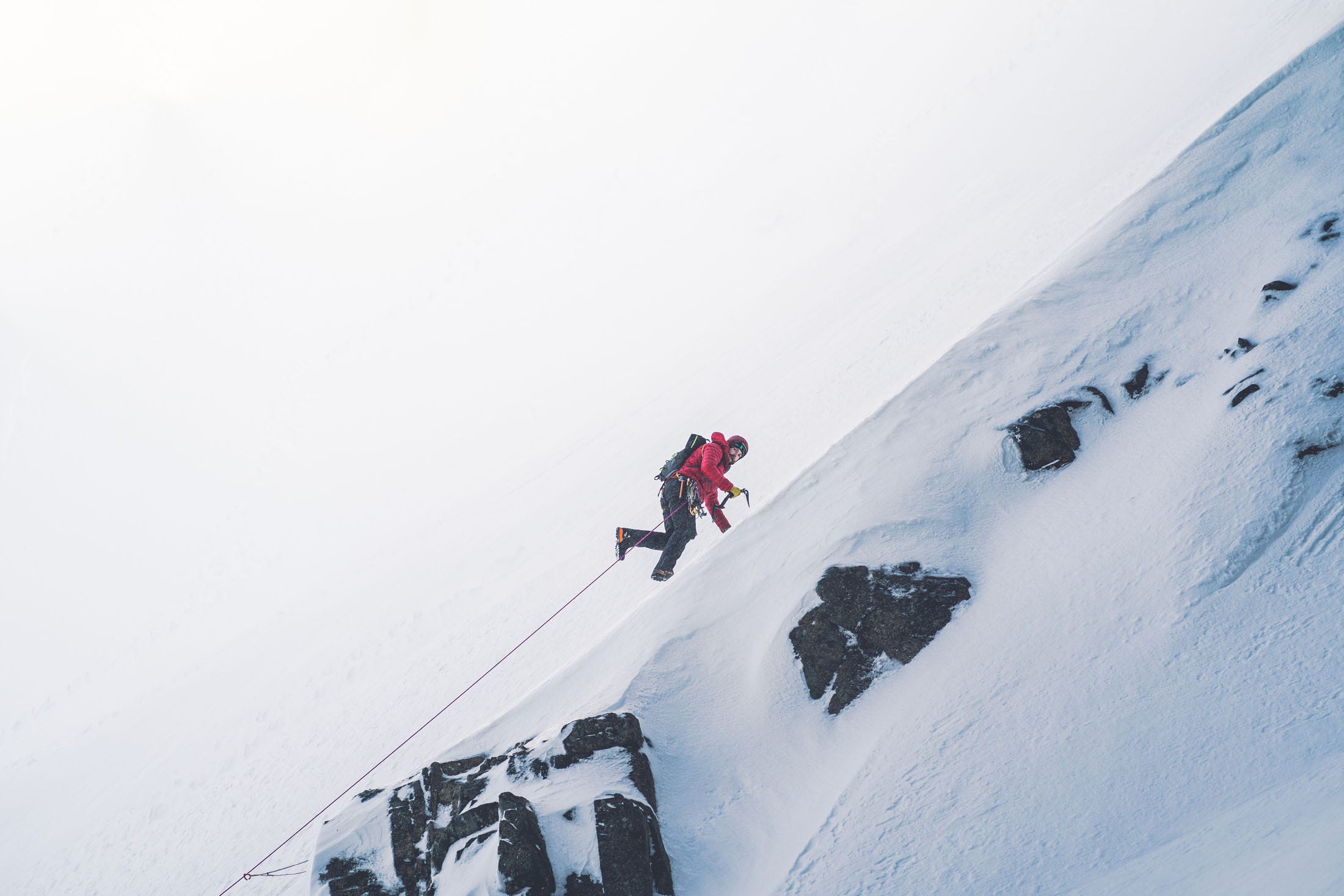

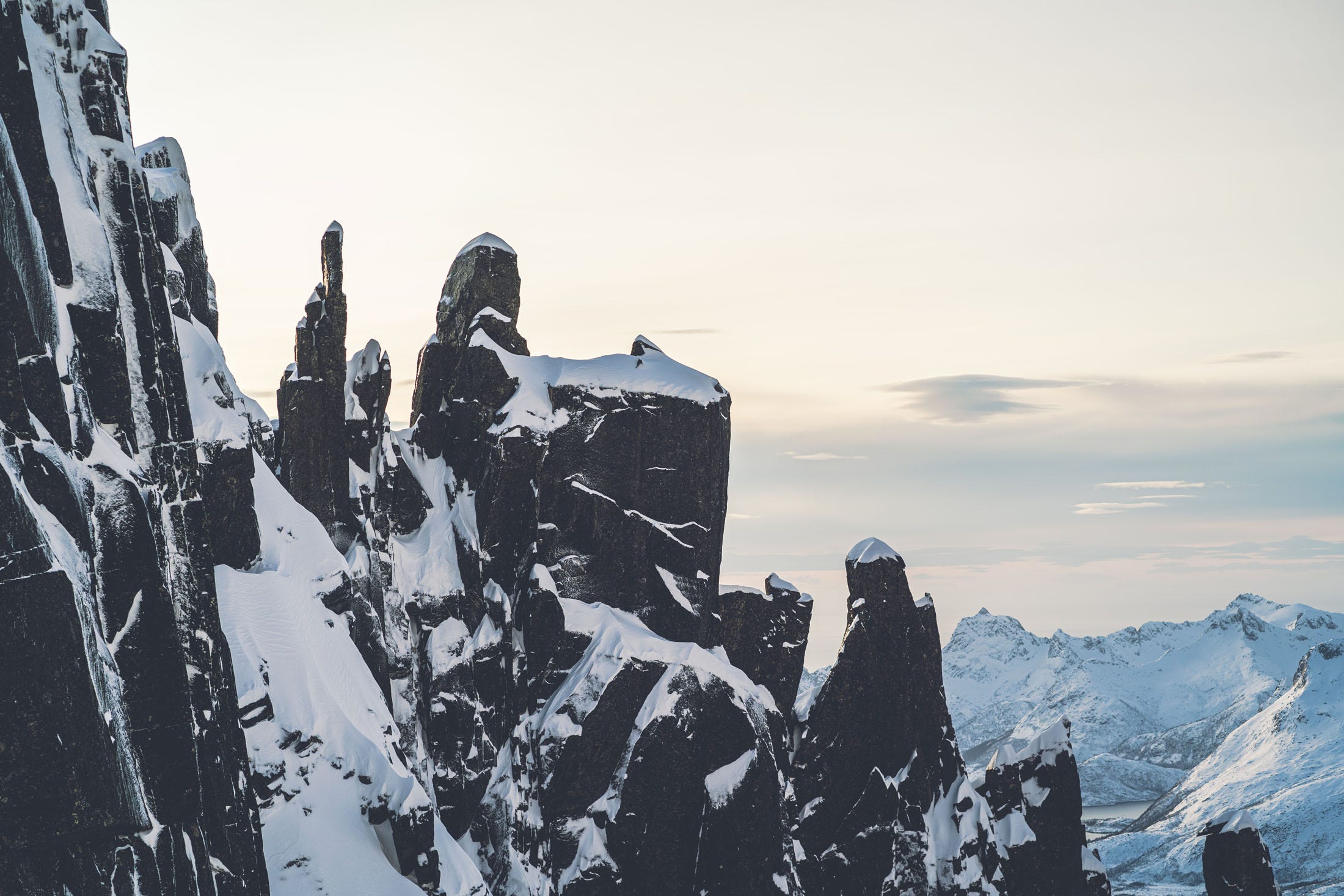

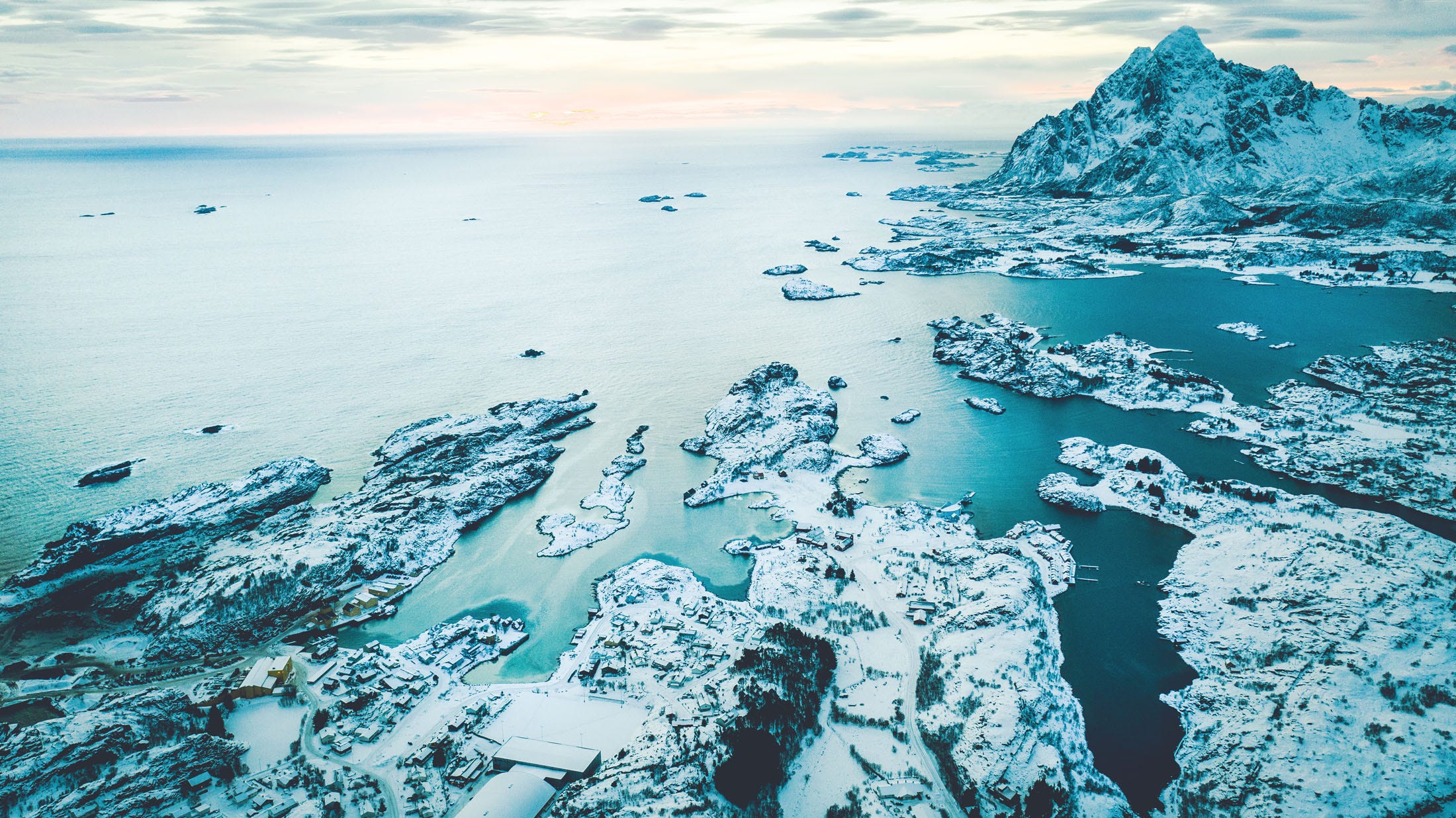

Large subhead (32px text, 38px line height)
Small subhead (20px text, 28px line height)
Text paragraph (16px/24px)
Text paragraph (duplicate new row for each set of text blocks and image blocks)
Question text style
answer text style
Question text style
answer text style
Question text style
answer text style
Quote style, bold, italic, 20px over 28px
Shop The Kitlist


Words by | Erik Weihenmayer
Photos | Pancho Herrera - Gonzalo Robert - Felipe Tapia Nordenflycht
Guiding Services | Senoret Brothers Expeditions
Words & images by | Athlete Name
Author bio in italic 16/24 body style with grey text colour.
Read more about Athlete Name here

